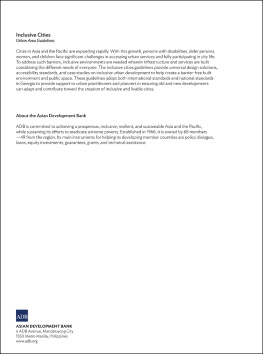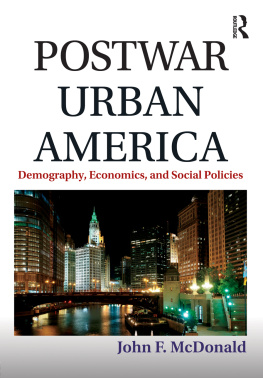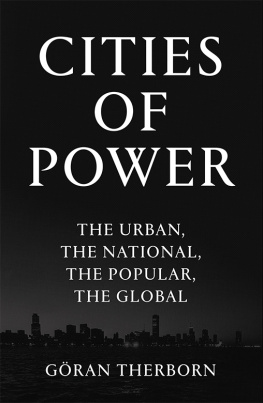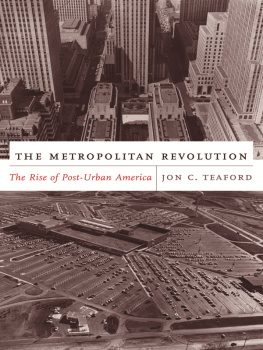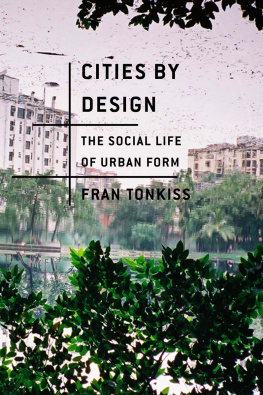The City: A World History
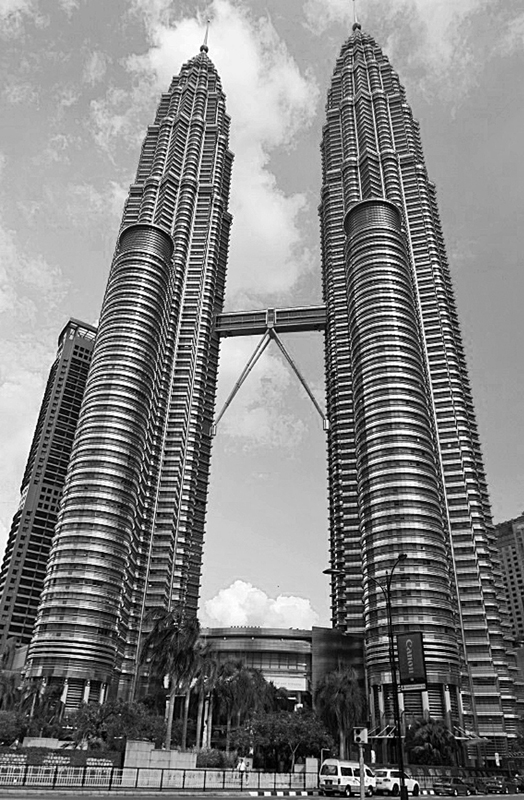
The Petronas Twin Towers in Malaysias Kuala Lumpur, at 1,483 feet, are the tallest twin towers in the world, but their height is exceeded by several other single skyscrapers. Skyscrapers were invented in Chicago in the late nineteenth century and became widespread in New York City early in the twentieth century. Photo by Craig Lockard.

Oxford University Press is a department of the University of Oxford. It furthers the Universitys objective of excellence in research, scholarship, and education by publishing worldwide.
OxfordNew York
AucklandCape TownDar es SalaamHong KongKarachi
Kuala LumpurMadridMelbourneMexico CityNairobi
New DelhiShanghaiTaipeiToronto
With offices in
ArgentinaAustriaBrazilChileCzech RepublicFranceGreece
GuatemalaHungaryItalyJapanPolandPortugalSingapore
South KoreaSwitzerlandThailandTurkeyUkraineVietnam
Oxford is a registered trademark of Oxford University Press in the UK and certain other countries.
Published in the United States of America by
Oxford University Press
198 Madison Avenue, New York, NY 10016
Oxford University Press 2015
All rights reserved. No part of this publication may be reproduced, stored in a retrieval system, or transmitted, in any form or by any means, without the prior permission in writing of Oxford University Press, or as expressly permitted by law, by license, or under terms agreed with the appropriate reproduction rights organization. Inquiries concerning reproduction outside the scope of the above should be sent to the Rights Department, Oxford University Press, at the address above.
You must not circulate this work in any other form and you must impose this same condition on any acquirer.
Library of Congress Cataloging-in-Publication Data
Lees, Andrew, 1940
The city : a world history / Andrew Lees.
pages cm. (New Oxford world history)
Includes bibliographical references and index.
ISBN 9780199859542 (pbk. : alk. paper); ISBN 9780199859528 (hardback : alk. paper); eISBN 9780190267421
1.Cities and townsHistory.2.Cities and townsGrowthHistory.I.Title.
HT111.L44 2015
307.7609dc23
2015003459
For Lynn,
my beloved companion during many years
in learning and in life
Contents
This book is part of the New Oxford World History, an innovative series that offers readers an informed, lively, and up-to-date history of the world and its people that represents a signifi cant change from the old world history. Only a few years ago, world history generally amounted to a history of the WestEurope and the United Stateswith small amounts of information from the rest of the world. Some versions of the old world history drew attention to every part of the world except Europe and the United States. Readers of that kind of world history could get the impression that somehow the rest of the world was made up of exotic people who had strange customs and spoke difficult languages. Still another kind of old world history presented the story of areas or peoples of the world by focusing primarily on the achievements of great civilizations. One learned of great buildings, influential world religions, and mighty rulers but little of ordinary people or more general economic and social patterns. Interactions among the worlds peoples were often told from only one perspective.
This series tells world history differently. First, it is comprehensive, covering all countries and regions of the world and investigating the total human experienceeven those of so-called peoples without histories living far from the great civilizations. New world historians thus share in common an interest in all of human history, even going back millions of years before there were written human records. A few new world histories even extend their focus to the entire universe, a big history perspective that dramatically shifts the beginning of the story back to the big bang. Some see the new global framework of world history today as viewing the world from the vantage point of the moon, as one scholar put it. We agree. But we also want to take a close-up view, analyzing and reconstructing the significant experiences of all of humanity.
This is not to say that everything that has happened everywhere and in all time periods can be recovered or is worth knowing, but that there is much to be gained by considering both the separate and interrelated stories of different societies and cultures. Making these connections is still another crucial ingredient of the new world history. It emphasizes connectedness and interactions of all kindscultural, economic, political, religious, and socialinvolving peoples, places, and processes. It makes comparisons and finds similarities. Emphasizing both the comparisons and interactions is critical to developing a global framework that can deepen and broaden historical understanding, whether the focus is on a specific country or region or on the whole world.
The rise of the new world history as a discipline comes at an opportune time. The interest in world history in schools and among the general public is vast. We travel to one anothers nations, converse and work with people around the world, and are changed by global events. War and peace affect populations worldwide, as do economic conditions and the state of our environment, communications, and health and medicine. The New Oxford World History presents local histories in a global context and gives an overview of world events seen through the eyes of ordinary people. This combination of the local and the global further defines the new world history. Understanding the workings of global and local conditions in the past gives us tools for examining our own world and for envisioning the interconnected future that is in the making.
Bonnie G. Smith
Anand Yang
The earliest cities arose for the most part independently of one another in several parts of the world, beginning around the middle of the fourth millennium BCE, and despite some setbacks, their growth has continued up to the present. Cities emerged from the countryside as new forms of human settlements, whose inhabitants lived under conditions quite different from those of their predecessors and rural contemporaries. Despite the fact that they long contained only a small minority of the worlds population, they have had profound impacts on the societies in which they have arisen. They have enormously enhanced city dwellers capabilities and powerfully promoted innovations of all sortstechnological, political, cultural, and intellectual. The advances that have taken place in cities have fostered comparable development among residents of the hinterlands that surrounded them, serving as powerful stimuli that have helped to drive the development of civilization in general. In fact, the word civilization is derived from the Latin civitas, which originally meant city-state.
This is not to say that the rise and impact of cities have always been beneficial. In addition to exacerbating myriad problems in areas of both public health and social (or antisocial) behavior, cities have served as headquarters for the progenitors of war and conquest. The rise of these forces has also been an important part of the story of enhanced capabilities. The urban factor has loomed exceedingly large as a determinant of other aspects of human history, way out of proportion to the size of cities, either territorially or demographically. Marked by both benefits and deficits that have elicited lavish praise or abundant criticism, cities have embodied powerful motor forces in the development of humankind.





